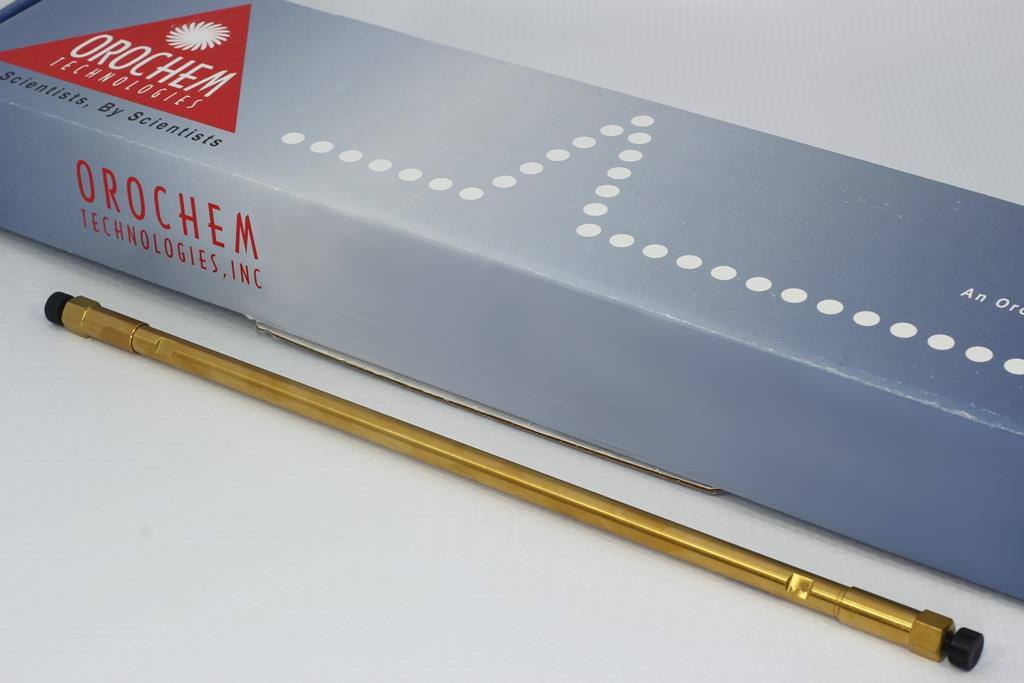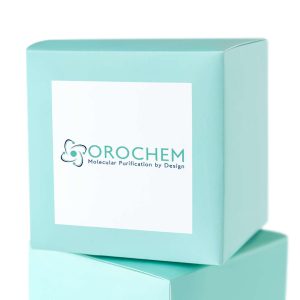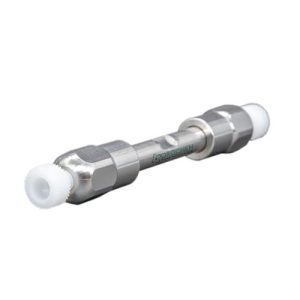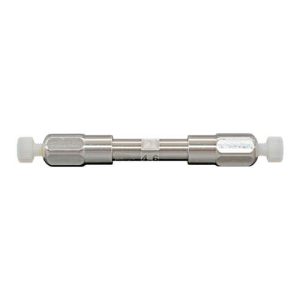Chiral Chromatography Columns for High-Resolution Enantiomer Separations

Understanding Chiral Chromatography
Chiral chromatography separates enantiomers — molecules that are mirror images but not superimposable — using chiral stationary phases to exploit subtle differences in their interactions. Selecting the right chiral HPLC column depends on analyte structure, polarity, functional groups, and mobile phase compatibility.
Epitomize CSP-1 v. Epitomize CSP-2
Epitomize CSP-1 is based on derivatized polysaccharides that are coated onto modified silica gel. Epitomize CSP-2 is based on derivatized polysaccharides that are covalently-bound to silica gel. The best CSP for a given separation depends on several factors. For the racemate, these factors include structure, polarity, and the type and number of functional groups present. Although all of the CSPs are based on polysaccharides, each typically shows a different chiral response for the same racemate. This response can also change dramatically with the selection of mobile phase. Together, these CSPs permit the separation of a very broad range of racemates. Both the CSP-1 and CSP-2 Series can be used in normal phase, polar phase, reverse phase, and SFC. Standard modifiers are TEA, DEA, ethanolamine, TFA, acetic acid, etc. and the use level is typically around 0.1%.
Each chiral column is tested before packaging and a chromatogram with test conditions and column performance data is included.
Epitomize CSP-1 Series
The Epitomize CSP-1 Series of chiral stationary phases is based on derivatized polysaccharides that are coated onto modified silica gel. Typical of coated CSPs, they should not be used with certain solvents such as ketones (e.g., acetone), halogenated solvents (e.g., dichloromethane and chloroform), ethyl acetate, THF, MTBE, aromatics, or other aggressive solvents such as DMF and DMA. Such solvents may diminish or destroy the effectiveness of the CSP-1 Series of chiral stationary phases. The CSP-1 Series is shown in Table 1.
| CSP | Chiral Phase |
| CSP-1A | Amylose tris-(3,5-dimethylphenylcarbamate) |
| CSP-1C | Cellulose tris-(3,5-dimethylphenylcarbamate) |
| CSP-1J | Cellulose tris-(4-methylbenzoate) |
| CSP-1Z | Cellulose tris-(3-chloro-4-methylphenylcarbamate) |
Epitomize CSP-2 Series
Covalently-Bound Chiral Stationary Phases
The Epitomize CSP-2 Series of chiral stationary phases is based on derivatized polysaccharides that are covalently-bound to silica gel. The covalent linkage permits the use of all typical organic solvents including ketones (e.g., acetone), halogenated solvents (e.g., dichloromethane and chloroform), ethyl acetate, THF, MTBE, aromatics, and other aggressive solvents such as DMF and DMA. The CSP-2 series allows the separation of many racemates that cannot be separated on coated CSPs due to solvent or mobile phase limitations. Due to the different bonding techniques used for the Epitomize CSP-1 Series and the CSP-2 Series, the user should expect some selectivity differences for some racemates. The CSP-2 Series is shown in Table 2.
| CSP | Chiral Phase |
| CSP-2A | Amylose tris-(3,5-dimethylphenylcarbamate) |
| CSP-2C | Cellulose tris-(3,5-dimethylphenylcarbamate) |
| CSP-2Z | Cellulose tris-(3-chloro-4-methylphenylcarbamate) |
Applications of Chiral HPLC Columns
- Pharmaceutical enantiomer purity analysis
- Agrochemical stereoisomer separation
- Flavors and fragrances quality control
- Biotechnology and life sciences research
Order Chiral Chromatography Columns
Browse our chiral HPLC columns online or contact our chromatography experts for CSP selection guidance and method optimization.
Chiral Chromatography





